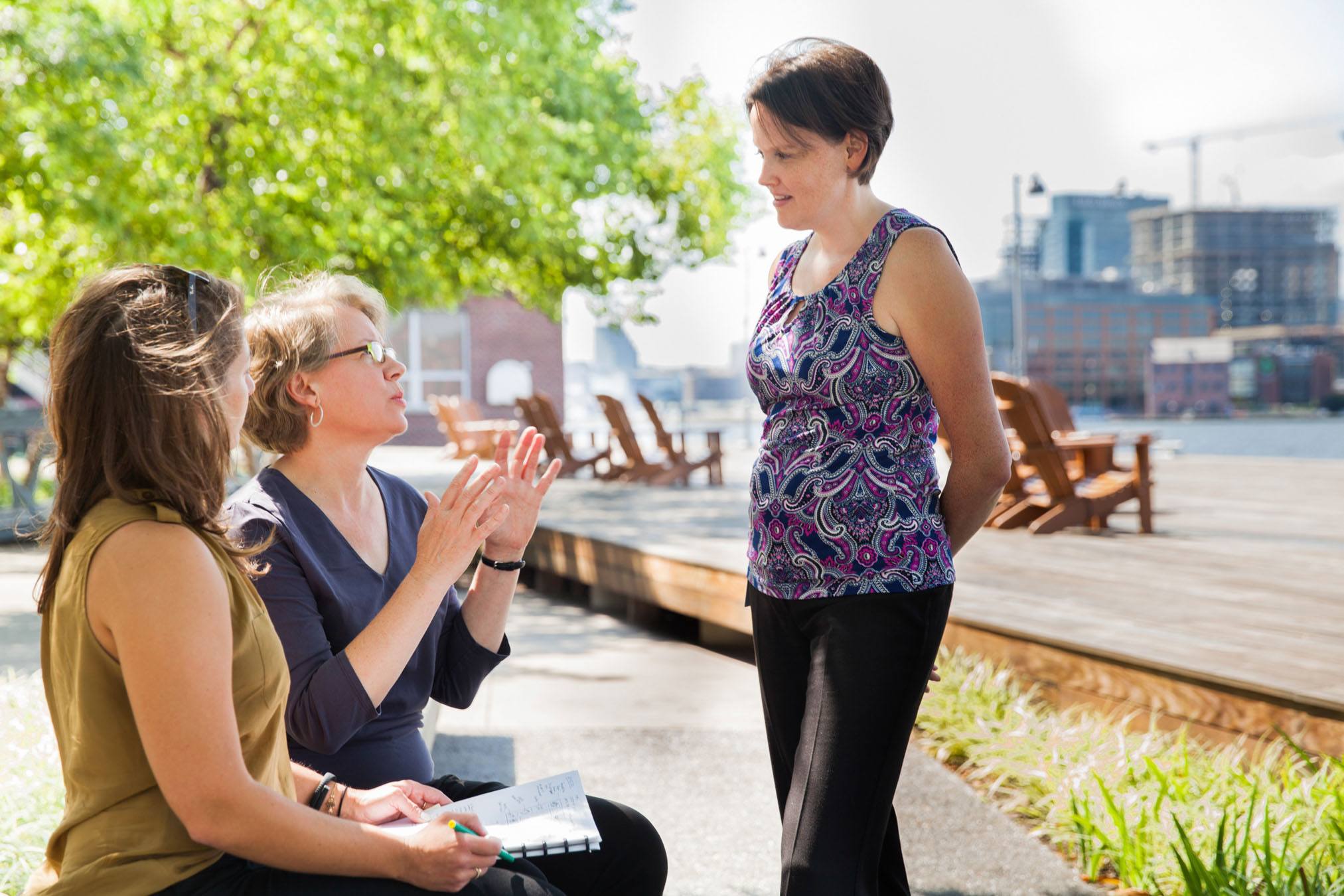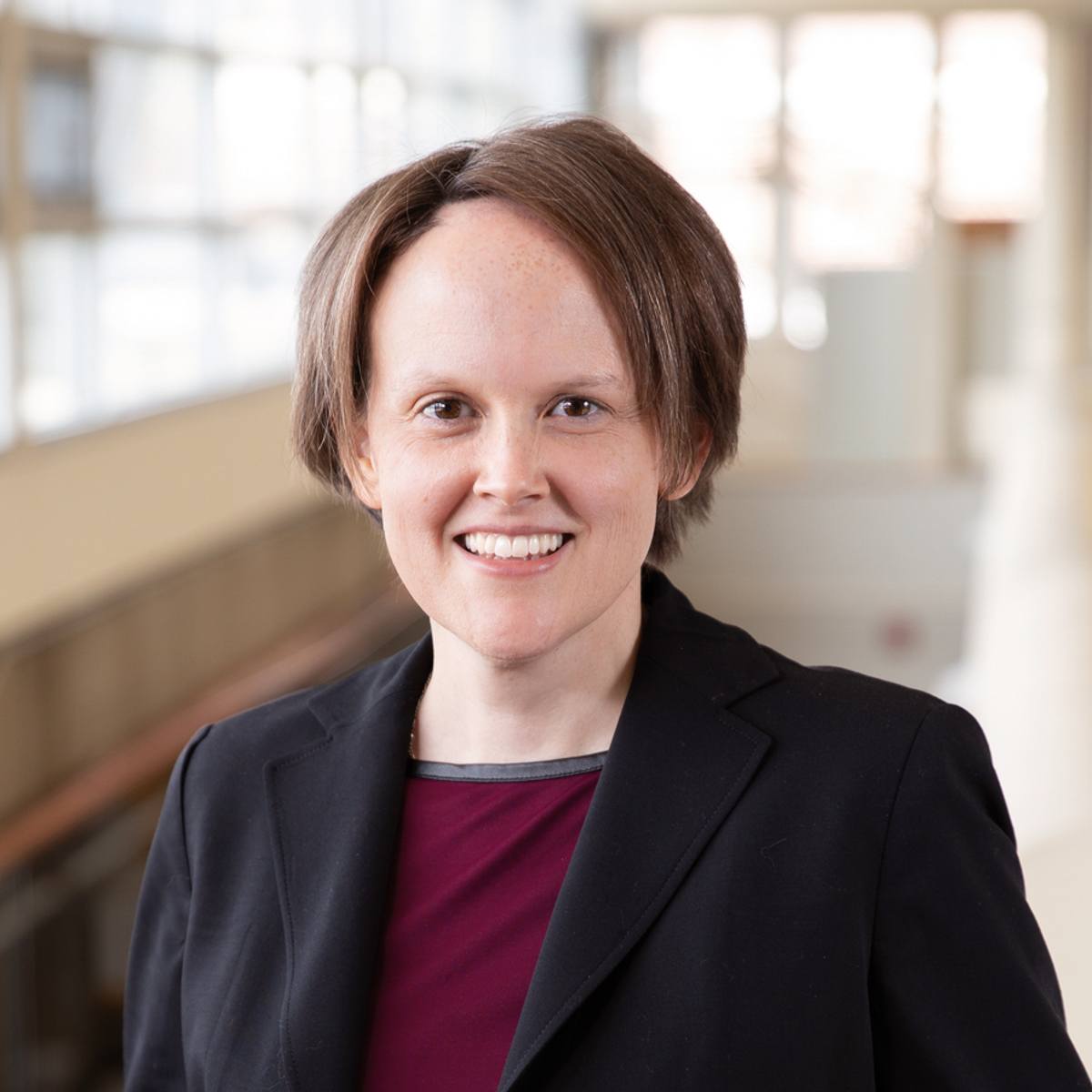Equity, diversity, and inclusion are core values at Ayers Saint Gross and are vital to increasing the representation and advancement of women in architecture and design. In September 2019, the AIA Women’s Leadership Summit was held in Minneapolis. Spanning three days and featuring dozens of workshops and speakers, more than 750 women architects and design professionals gathered at this important event, themed “Reframe. Rethink. Refresh.”
I have attended the past Women’s Leadership Summit programs with fellow colleague Elizabeth McLean, AIA; Seattle in 2015, Washington, DC in 2017 (I was fortunate to be on the Mid-Atlantic strategic planning committee) and this recent summit. Reflecting on this year (the largest attendance on record), it was interesting to see a diverse range of attendees in Minneapolis – in age, geographical representation, and many first-time attendees. For me, the summits provide both challenge and encouragement — replenishing my well year after year. The women pioneers around these issues in our industry come; Beverly Willis and Rosa Sheng, among others. And so do the local chapter committees, sole proprietors from rural practices, and the mid-level architect struggling with what’s next for her career. They each have an impactful story, a welcoming spirit, and a wave of commitment to our practice.
The summit was spent unpacking leadership styles, practicing active listening, and uncovering intentional impact areas. The benefits are not only personal but bring into focus the strengths needed to continue to support Ayers Saint Gross’s diverse clients and projects.
The metrics still show small growth for women as they progress through our profession and into leadership or more prominent design roles. The 2019 AIA Women’s Leadership Summit demonstrated a record number of women and firms committed to accelerating progress. It is this level of conversation that our profession deserves and requires to continue the hard work to bring about more equitable architecture. In addition to myself, Ayers Saint Gross was proudly represented by multiple attendees from across our offices. I am happy to share their thoughts and impressions.
The AIA Women’s Leadership Summit strives to raise the profile of leadership in architecture, share and promote the design work of women, explore paths to leadership, and provide women the opportunity to learn from each other. This format crosses boundaries and allows for both strength and humility to shine. Our participation is important, with it we recognize individuals at different levels and support them to engage, learn, and extend the conversation when they each return to their offices and communities. The summit offered a space to share and grow; to reconnect.
This year’s gathering supported the conversation around moving forward and regrouping. I appreciated reframing the conversation. The public acknowledgement that every woman in architecture is a leader is powerful, and it provided the opportunity to be more inclusive and allow the numbers to increase the inspiration and potential for impact. It shifted focus beyond the individual and promoted empathy and generosity, acknowledging that leadership is empathetic and comes with accountability.
There is still a lack of women in leadership positions. We are urged and inspired to be on the forefront of confronting the issue and not only aware of it. The summit operated as a laboratory to test the potential for change across scales. There is an action-based emphasis on commitment and accountability. Considering formal and informal power, and large and small commitments, we challenged – What’s the stance, goal, commitment, and change? With this, there is meaningful purpose to gathering together.
Priya Parker, the keynote speaker, immediately set the tone of the summit as a supportive, collaborative, and empowering gathering of women, focused on storytelling. For the first several minutes of her session, we were encouraged to get up from our tables and step from our sphere of comfort to connect with new individuals by sharing a piece of own story with each other. Through this activity, Parker, author of The Art of Gathering: How We Meet and Why it Matters was creating what she defines in her book as a transformational gathering. The AIA Women’s Leadership Summit was a created space in which attendees could open themselves to each other and forge connections. Parker provides excellent insight on how to give your gatherings purpose – whether a meeting, workshop, or dinner party – to create meaningful encounters.
Many of the sessions at the conference were focused on the topics of leadership, professional and personal development, and time management. With a range of women, all driven individuals at various points in their careers, there was a common narrative of navigating our own professional and personal responsibilities through shared experiences.








